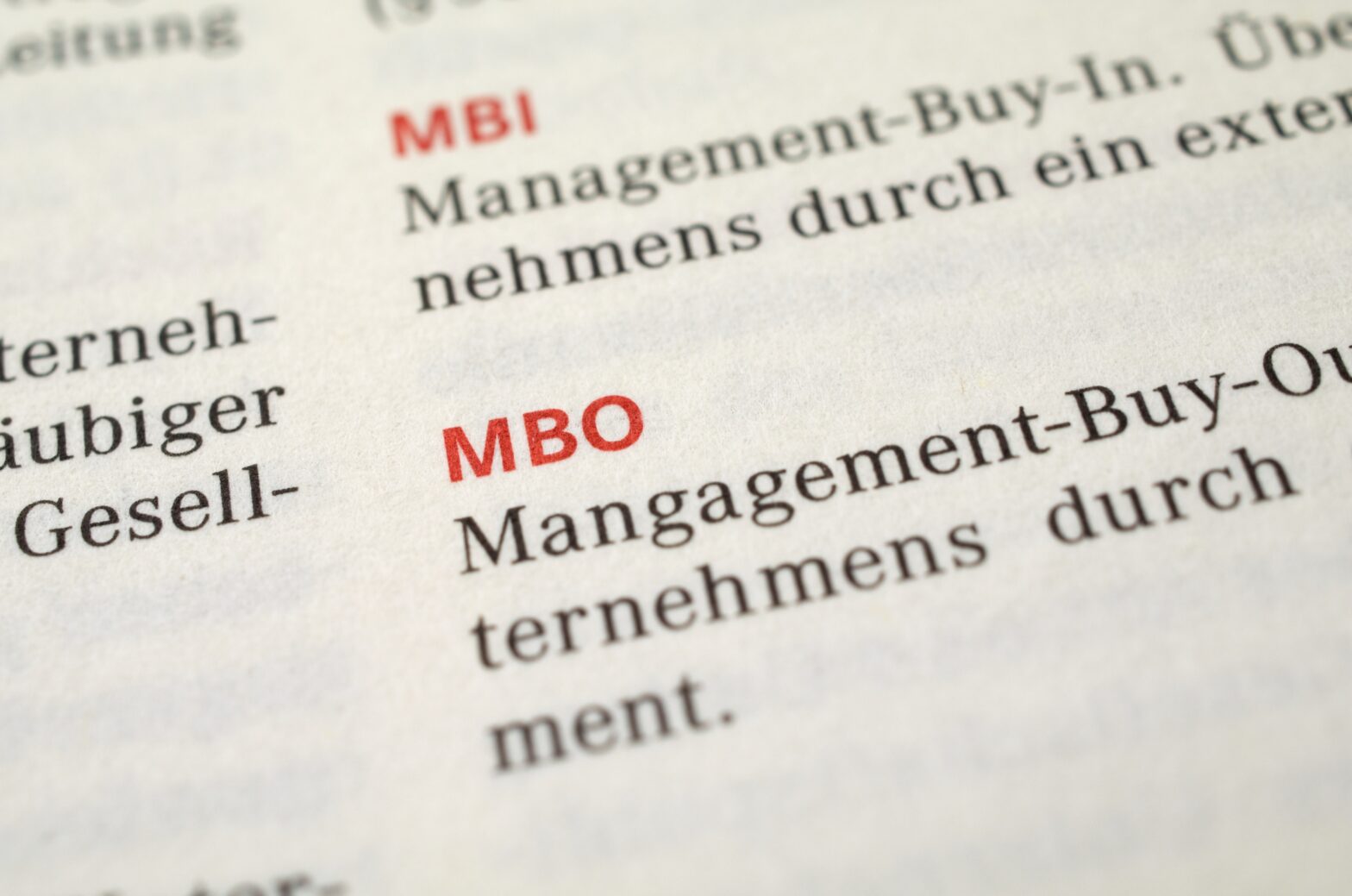The process of acquiring a business is one of the biggest decisions you can make as a business owner or manager.
But the vast majority of mergers and acquisitions (M&A) – around 80 per cent, according to a recent Harvard Business Review report – fail. Why?
Here, we talk to people who’ve been closely involved in buying a company so you can learn from those who went before.
Identify the company to acquire
The first thing to consider is what company to acquire. Bryan Shaw, senior associate at UK law firm TLT, says there are a few common indicators of a positive target.
These are:
Corporate governance
‘This is a strong indicator of a good target, evidenced by regular board meetings, appointing non-executive directors and keeping books and records in order,’ Shaw says. ‘It also enables any negative issues to be identified early and rectified promptly.’
A passionate and talented management team
‘This can also make a world of difference as they will be driven to succeed and prompt and responsive to all due diligence enquiries.’
Good quality investors
‘It’s worth consulting the target’s cap table as institutional investor shareholders or other well-known professional investors are usually a sign of a solid business or one with strong potential,’ Shaw concludes.
Warning signs
A clash of cultures
Other cultures can cause issues, according to a report by Baker & McKenzie. Consider Japanese buyers, who were less satisfied than their US/UK counterparts when it came to acquiring companies.
The Japanese tend to develop blueprints for the entire project and were less likely to change their minds after the project was launched as it could be seen as a sign of incompetence, the report finds.
It also reveals that the US/Euro style of running a business generally embodies a spirit of ‘launch first, find solutions later’ that allows them to act swiftly.
Issues with contracts and a lack of transparency from the target’s management team are also potential stumbling blocks. ‘If the due diligence process identifies unfavourable or unreasonable contract terms, or if the target has no contracts, this could be cause for concern, depending on the sector,’ Shaw says.
An acquisition that’s part of a wider growth strategy
Put simply, it’s not advisable to acquire a business if it isn’t a logical part of a wider growth strategy. For example, a low-cost airline must make business decisions that contribute it to being a low-cost airline. Using a higher quality food supplier for food on flights would probably increase customer satisfaction initially, but in reality, it would almost certainly drive up costs in the long-term which would ultimately put the airline’s low-cost reputation at risk.
Peter Linas, executive vice president of corporate development and international at Bullhorn says, ‘[Acquiring a company] should add value to your company, which will lead to better outcomes for your customers and, ultimately, allow you to better serve your industry on the whole.’
Bullhorn, which recently bought recruitment firm Invenias for an undisclosed amount, says the practice of ‘acqui-hiring’ – a term coined by Rex Hammock – which means acquiring a business in order to acquire its people is sometimes overlooked as an option. It is favoured by tech firms including Twitter and Dropbox.
Timing is important
Linas says, ‘A lot of planning needs to go into making sure the acquisition goes smoothly, so be careful not to start the process during a particularly busy period, at the risk of disrupting customer service levels.
He adds, ‘One of the most important initiatives to be planned involves raising awareness about the acquisition amongst your staff, their staff, your customers, their customers, and the wider market, through a very carefully considered communications programme.’
Your budget must also be put into ensuring a strong integration of systems, processes, and technology as well as an integration of working cultures. ‘Ultimately, the sooner you can get back to business as usual, the better,’ concludes Linas.
Acquiring a distressed business
Andy Scott, founder and chairman of REL Capital, which turns around struggling UK SMEs, says hiring a good CEO is the first, and possibly the easiest step to making the firm successful again.
“Stabilise the company, get them to a cashflow neutral position at least, so there is no cash drain. And then grow from there”
He says there is no one-size-fits-all secret but uses the so-called four B’s for a strategy for success.
- ‘(B)uy in at the right level with a flexible deal. Spread the cost over a couple of years. I buy in at between 2-3 x multipliers which gives a 33-50 per cent ROI if you keep winning.’
- ‘(B)uild a great management team who have a vested interest, build your sales and control your costs.’
- ‘(B)olt on other acquisitions with synergies (as this often rockets growth) and have a plan to scale the combined business.’
- ‘(B)ugger off to the boat, go sailing to clear your head! You should be working on the business, not in the business. Use the time away to work out how you can repeat the above on the next deal.’
More on business valuation
Former private equity interim executive Matthew Elson, bought ‘distressed’ health and management solutions provider firm SHE Software in 2011 for £1.
‘One of the first things I did was to look at customer retentions, customers relations and the strength of the team,’ he told GrowthBusiness.
Elson was in a unique position as he was capable of doing the due diligence himself – saving him money that would have normally been spent on advisers.
‘I wanted to ensure that I ended up with all the equity and no incumbents.’
“I was taking a bit of a flyer because it was a distressed purchase”
He then put his own working capital into the company once he’d made the acquisition, which took three months.
‘The first thing I did was put a sales and marketing team in place because we needed to solve the revenue issues as we were hitting about £500,000 a year in core turnover,’ he says. There was also an extra £250,000 revenue from another source.
Elson then took the ongoing commercial dispute that the company had on its hands to litigation, ‘a pretty nerve-wracking time as we were suing a billion pound turnover company.’
‘We had to bluff that we were serious in order to get an out-of-court settlement,’ he says. ‘Once we’d won I then soon realised there was more value in the business that I had previously anticipated.’
He adds, ‘We had a decent technical team and a good product and a proven market. Now we’ve grown from 10 staff to 85 in four years, we’re grown 60 per cent per annum compound.’
More on contract disputes
Heather Baker, CEO of integrated B2B PR agency TopLine Comms acquired fellow science and engineering PR agency Six Degrees in August 2018. Baker says her main focus was on finding value, both in the business and in the future through efficiencies and by offering a broader range of services to both businesses’ clients.
She says, ‘The due diligence process is incredibly complex – it involves combing through every aspect of the vendor’s business, asking difficult questions and deciding how the answers might affect the combined business… I was fortunate enough to have surrounded myself with great advisors and consultants who were able to help me navigate the process.
‘We have wanted to build a science and engineering division at TopLine for some time, so when (chairman) Jen mentioned she was considering exiting the business, I immediately spotted a great opportunity to do a deal.’
Buying a business is a complicated and lengthy affair, with its winners and loser. Yet, if you carefully consider all the factors before you make the plunge to acquire a company, it is possible to emerge as a larger, stronger company which can add value to shareholders while continuing to grow.










